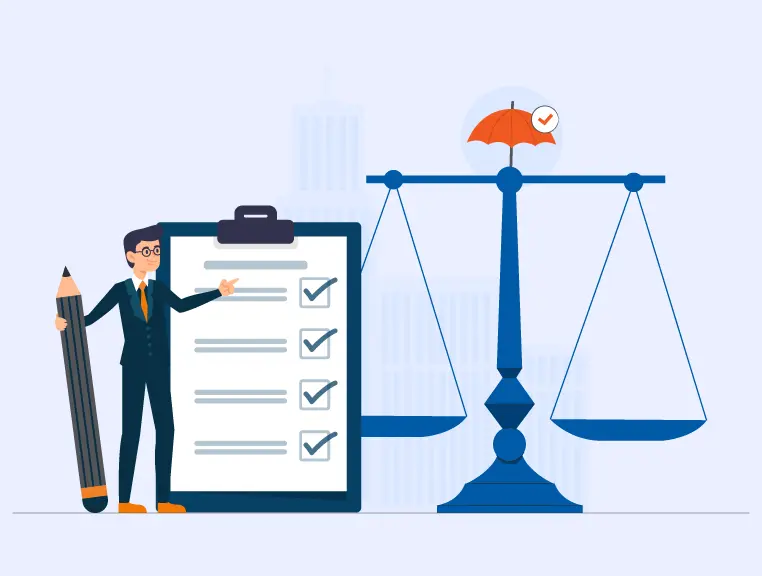Overview
The Principle of No-Fault Liability under the Public Liability Insurance Act, 1991 mandates that compensation must be provided to victims of hazardous industrial incidents without requiring proof of negligence or fault by the owner.
This principle ensures that affected individuals are promptly compensated for injuries, death, or property damage resulting from hazardous substances. Unlike traditional legal procedures, where the burden of proof lies with the victim, this law shifts responsibility directly to the business or owner, simplifying and speeding up relief efforts.
The Act also makes it mandatory for companies dealing with hazardous substances to purchase public liability insurance and contribute to an Environmental Relief Fund, ensuring financial preparedness in case of an accident.
The principle of no-fault liability is incorporated in Section 3 of the Public Liability Insurance Act 1991 and is further extended by Section 4 of the Act. This concept was introduced to provide a safe industrial environment for the workers handling hazardous substances and to get financial benefits from the insurance policies. In this blog post, we will focus on the principle of no-fault liability of the Public liability act insurance and its salient features.
Aim of the Public Liability Insurance Act 1991
In 1984, the Bhopal Gas leak tragedy was a catastrophic incident that shook the core of the Indian legal system. This injury and damage were immeasurable. The gas release exposed over 500,000 people in small towns, resulting in injuries and fatalities among many workers. As the government was still struggling to give adequate relief to the victims as well as their families, the Oleum Gas leak tragedy came forth. This imposes the government to take note and make appropriate provisions for a safe industrial environment. Therefore, the Public Liability Insurance (PLI) act was introduced to provide immediate relief to the victims of industrial incidents and accidents occurring as a result of handling hazardous substances. This Act is the statutory mandate upon every industrial owner. It’s to take out the liability insurance policy before dealing with and managing any sort of hazardous substances in the industry.
Salient Features of Liability to Give Relief on the Principle of No-Fault
Certain cases involved the principle of no-fault include:-
- When there is death or injury to any person, other than a workman, or damage to property resulting from the accident. The company owner shall be liable to provide relief as specified in the schedule for such death, injury, or damage.
- In any claim for relief mentioned above, a claimant shall not be required to establish that the death, injury or damage. Any person’s wrongful act, neglect, or default can lead to a valid claim.
This section 3 of the PLI Act disentitles “Workmen”, (as defined in the Workmen Compensation Act) as claimant. Moreover, the definition of “injury” includes permanent total or permanent partial disability or sickness resulting from an industrial accident.
Takeaway
Are you looking out for liability or any commercial insurance? Look no further and get the best quotations instantly from SecureNow.




